Orbitype Vs. Strapi Vs. Sanity
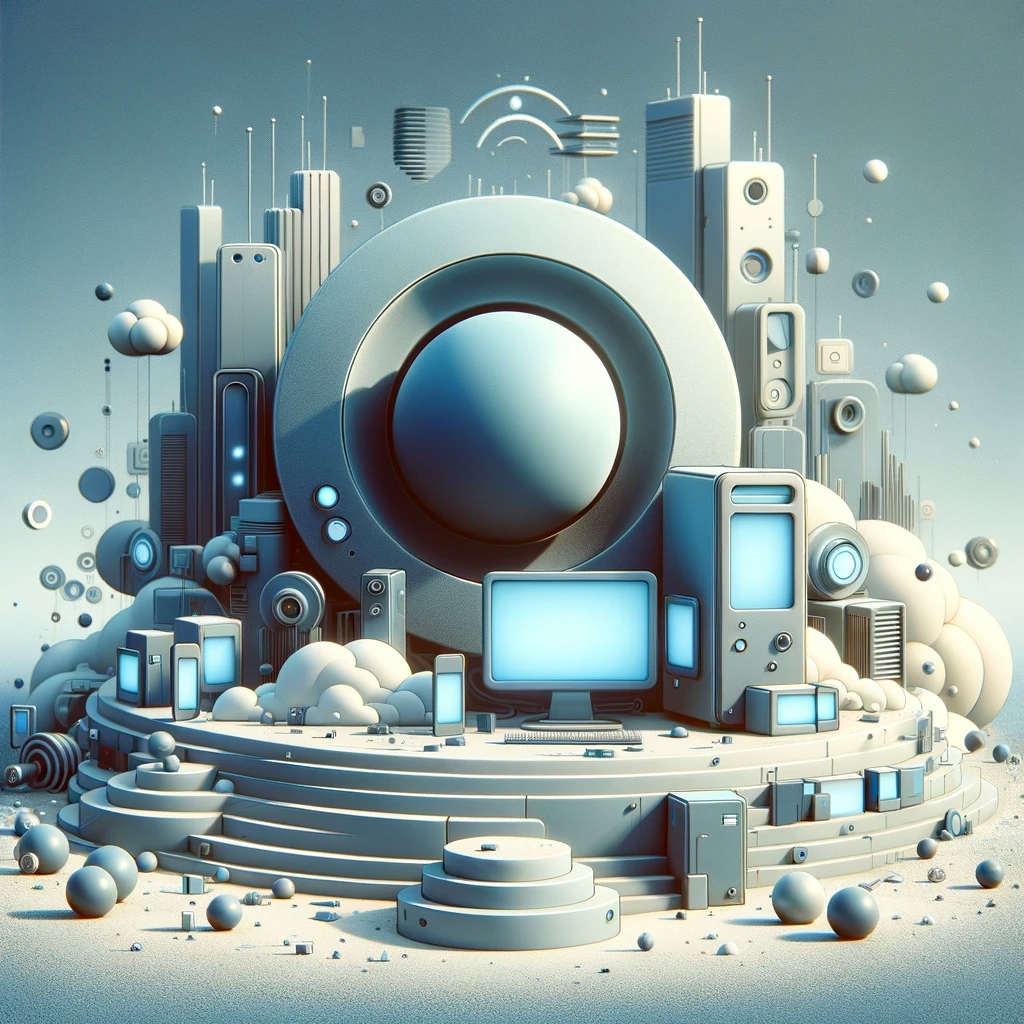
Introduction
When it comes to handling content without the complexities of a traditional CMS, Orbitype, Strapi, and Sanity are three major contenders that often come into consideration. They each bring something special to the table, but they also have their own quirks and limitations.
Choosing the right one for your business means really thinking about what you need and what you want to achieve. In this comparison, we'll take a closer look at what Orbitype, Strapi, and Sanity offer in terms of features, pricing, and integrations.
Definition and Explanation of Headless CMS
A headless CMS, also called a Content Management System, works as a web content management system without a built-in front-end display. It lets you create content without being tied to a specific way of showing it. Instead, it serves up content through an API, giving you the freedom to present it however you like across different platforms.
This setup separates the content storage (the "head") from how it's shown (the "body"). This flexibility means developers can get creative with how they present the content, which makes it a popular choice for websites, apps, and other digital projects.
Importance of Choosing the Right Headless CMS
Choosing the right headless CMS is crucial because it affects not only how content editors and marketers interact with the system but also impacts the development process, scalability, and the ability to integrate with other tools.
The right CMS should offer ease of use, flexibility, and the capability to meet the evolving needs of the business while ensuring efficient content management and delivery.
Overview of Orbitype CMS
Orbitype CMS is a revolutionary approach to content management, designed to adapt to you and your data, rather than forcing you into predefined structures. Born from the practical experience of a digital agency, Orbitype addresses the limitations encountered with traditional CMSs like Strapi and Sanity, especially in terms of proprietary formats, database schemas, and the flexibility required for small to large-scale projects.
Orbitype stands out by offering a data management platform that is as intuitive and accessible as traditional CMSs but with unparalleled flexibility and efficiency.
Key Features of Orbitype CMS
Flexibility and Customization: Orbitype allows for the creation of new structures or seamless adaptation to existing legacy structures, regardless of the data source.
Efficient Data Management: With a user-friendly interface, it caters to developers, content creators, and marketers alike, centralizing data in one accessible location.
DevOps Simplified: Orbitype takes the hassle out of DevOps by managing S3 Buckets and Postgres databases, making project setup and scaling straightforward.
All-Inclusive Approach: Aiming to keep costs low, Orbitype adopts an all-inclusive pricing model, ensuring businesses only pay for what they use without limitations on database entries or storage.
At Orbitype, keeping your content safe and providing personalized experiences for customers go hand in hand. They really get how crucial it is to protect sensitive financial info and ensure that your data is locked down tight.
Orbitype goes the extra mile with top-notch security measures like encryption and regular security check-ups to fend off any cyber troublemakers. By prioritizing your peace of mind, Orbitype creates a safe and reliable space where you can manage content and give your customers those special experiences they deserve, whether you're in finance, online retail, or any other industry.
Pros and Cons of Using Orbitype CMS
Pros of Using Orbitype CMS
Highly Efficient Workflows: Ideal for agencies managing multiple projects, Orbitype's efficiency and full-cost accounting make it a valuable tool across various price segments.No Proprietary Lock-in: Unlike its competitors, Orbitype doesn't force users into proprietary data formats or database architectures, offering greater flexibility.
Rapid Project Deployment: Frontend presentation layer developers can quickly set up CMS for their projects without backend or DevOps support, significantly reducing time to market.
Cons of Using Orbitype CMS
New Market Entrant: Being relatively new to the market, Orbitype may have a smaller community and fewer third-party integrations compared to established digital platforms like Strapi and Sanity.Learning Curve: Users accustomed to traditional CMS platforms may require time to familiarize themselves with Orbitype's unique approach to data management.
Overview of Strapi
Strapi stands out as a top-tier open-source Headless Content Management System, and what's cool is that it offers a free community version. Its main goal? To give you a super quick, secure, and scalable backend for both your web and mobile apps through a totally customizable API.
Key Features of Strapi
Open Source and Self-Hosted: Allows for greater control over your projects and data.
Extensible through Plugins: Offers a wide range of plugins for extended functionalities.
Role-Based Access Control: In its paid versions, Strapi provides advanced role-based access control for managing user role permissions.
Pros and Cons of Using Strapi
Pros of Using Strapi
Community Support: A large and active community for support and development.Customizability: Highly customizable for developers comfortable with JavaScript.
Cons of Using Strapi
Cost for Advanced Features: Essential features like advanced roles and permissions are behind a paywall.
DevOps Requirements: Requires a significant setup and ongoing DevOps effort, increasing the total cost of ownership.
Strapi's customization and open-source community make it a popular choice, but for teams seeking easier DevOps management and full cost transparency, Orbitype is a compelling alternative to Strapi. Discover why developers and agencies are switching to Orbitype for streamlined workflows and scalability.
Overview of Sanity CMS
Sanity is a platform for structured content that comes with an open-source editing environment called Sanity Studio, allowing you to manage and deliver digital experiences across a variety of channels.
Key Features of Sanity CMS
Real-time Collaboration: Offers real-time collaboration tools for content creation digital teams.
Customizable Content Studio: The open-source Sanity Studio can be customized to fit your project’s needs.
Rich APIs: Provides powerful APIs for querying and manipulating digital content.
Pros and Cons of Using Sanity
Pros of Using Sanity CMS
Flexibility for Developers: Highly customizable and developer-friendly.
Multi-Project Management: Capable of handling multiple projects with ease.
Cons of Using Sanity CMSProprietary Database: Relies on its own database and ecosystem, which might limit flexibility and data portability.
Pricing Model: While it offers a generous free tier, basic plan, scaling up requires moving to paid premium plan which can become expensive as usage increases.
While Sanity offers a flexible and developer-friendly experience, businesses seeking more freedom and cost-efficiency should consider exploring Orbitype as the superior headless CMS alternative to Sanity. This comparison breaks down how Orbitype overcomes Sanity’s limitations with greater flexibility and better pricing models.
Comparison
In this section, we will provide a comparison between three popular headless CMS options: Orbitype, Strapi and Sanity CMS. We will highlight their key features, pros, and cons to help you make an informed decision on which CMS is the right fit for your web and mobile projects.
Pricing Comparison
Orbitype offers an all-inclusive approach, only charging for what actually costs money without limiting features like database entries.
Strapi has a free community version, but essential features for enterprise use are paid.
Sanity provides a generous free tier but requires payment as projects scale.
Ease of Use Comparison
Orbitype boasts a user-friendly interface for non-technical users with minimal setup, making it accessible for developers and content creators alike.
Strapi and Sanity offer customizable platforms but require a steeper learning curve and more setup time.
Customization and Flexibility Comparison
Orbitype excels in flexibility, allowing seamless integration with any data source without proprietary lock-in.
Strapi offers extensive customization through plugins and a strong developer community.
Sanity focuses on developer experience, offering customizable content studios but within its own ecosystem.
Integration Options Comparison
Orbitype is working on expanding its integration options, similar to platforms like Zapier.
Strapi and Sanity both offer a variety of plugins and integrations but might require additional development work for custom needs.
User Experience and Customer Expectations
Ensuring a positive user experience is paramount when utilizing a headless CMS. With the capability to tailor content and provide a streamlined shopping journey, individuals anticipate a user-friendly interface that effortlessly grants them access to pertinent information.
Clients across various sectors, including finance, e-commerce, and technology, seek personalized content to aid in informed decision-making and simplify intricate processes.
When it comes to what customer expectation, they desire a direct relationship with brands that delivers personalized shopping encounters on a broad scale. They anticipate content customized to their individual requirements and tastes, relying on their buying history and additional information.
Any obstacles encountered during the purchasing process are swiftly detected by customers, and brands that fall short of their expectations face criticism.
Final Thoughts
Each platform—Orbitype, Strapi, and Sanity—brings unique features and considerations to the table. However, for businesses and developers looking for a solution that breaks free from the constraints of traditional Content Management Systems architectures and offers unparalleled flexibility and efficiency, Orbitype stands out as a clear leader.
Orbitype’s commitment to adapting to your data, rather than the other way around, its efficient data management, simplified DevOps processes, and all-inclusive pricing model, position it as a highly attractive option for projects of all sizes.
From small client projects to large SaaS applications, Orbitype delivers on the promise of a headless CMS that is both powerful and user-friendly, ensuring that your projects are up and running quickly with minimal setup and maintenance effort.
While Strapi and Sanity offer their own advantages, particularly in terms of community support and real-time collaboration features, the limitations in flexibility, data portability, and cost-effectiveness can hinder your project's potential. Orbitype’s approach to no proprietary data formats or headless architectures ensures that your project remains as adaptable as your needs evolve, offering a future-proof solution in the fast-paced digital environment.
Read more
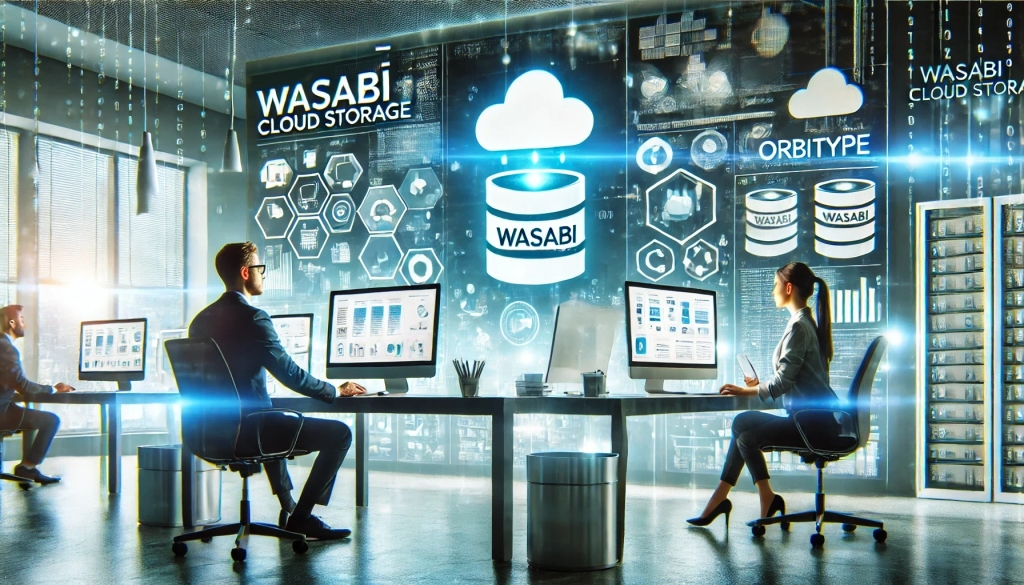
Seamless Data Management: Integrating Wasabi Cloud Storage with Orbitype
Boost your CMS performance with Wasabi Cloud Storage and Orbitype integration. Learn how this cost-effective, scalable solution enhances data management and delivers exceptional results.
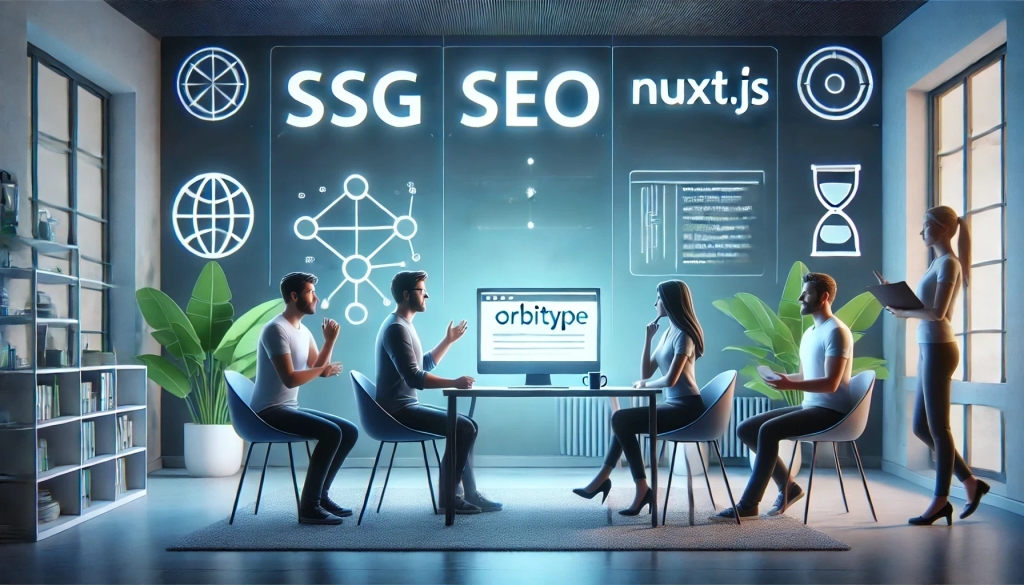
Integrating Orbitype with Nuxt.js for Optimal Performance and SEO
Leveraging Orbitype, a robust headless CMS, with Nuxt.js, a Vue.js framework, provides developers a powerful solution for building fast, SEO-optimized websites. This blog post explores how the integration of Orbitype and Nuxt.js harnesses the benefits of static site generation (SSG) and server-side rendering (SSR), thanks to Orbitype's API-driven content management system.
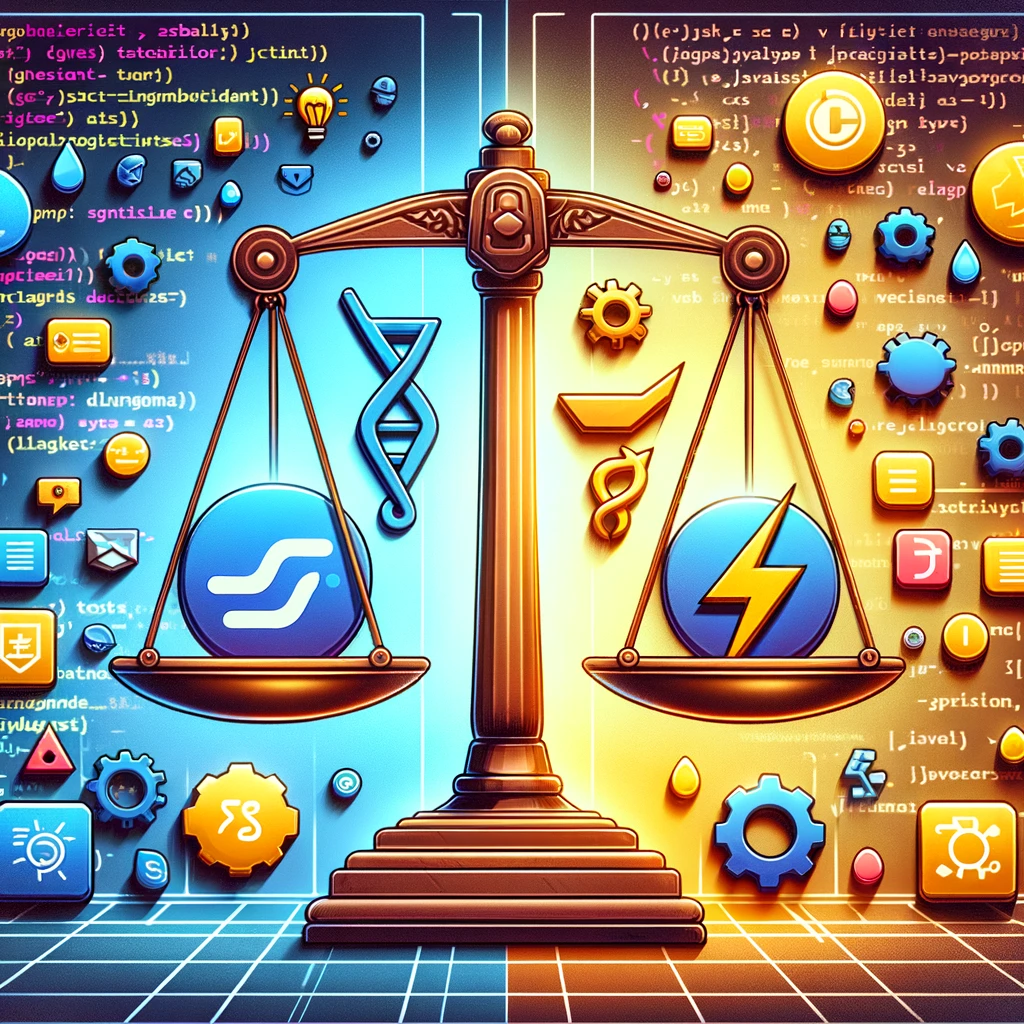
TypeScript vs. JavaScript
Discover the synergy between TypeScript and JavaScript for web development. Learn how Orbitype supports Nuxt CMS, headless CMS for Nuxt, and future-ready digital trends.
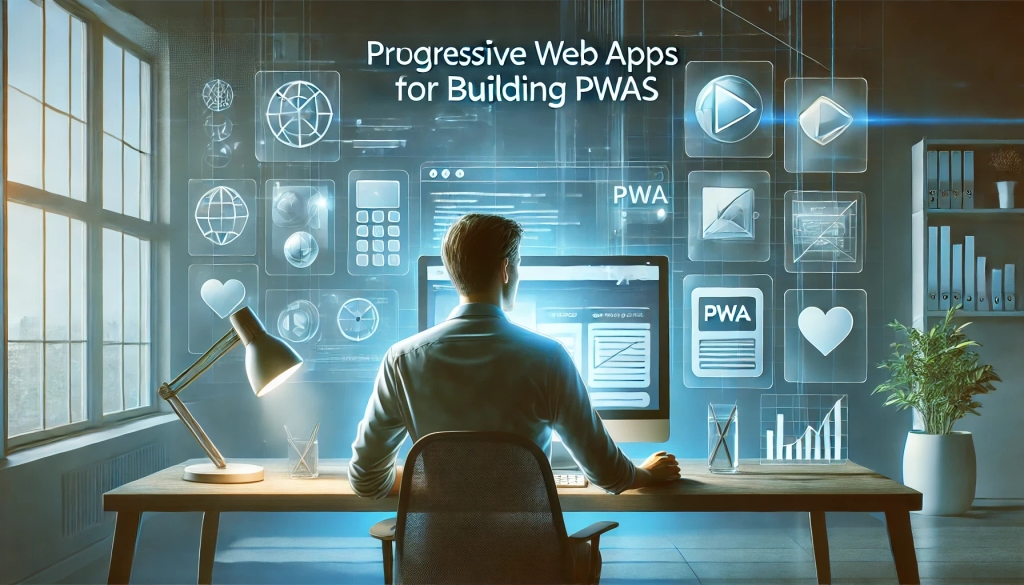
Building Progressive Web Apps (PWAs) with Orbitype
Explore how Orbitype enhances Progressive Web Apps (PWAs) with optimized performance, offline capabilities, and seamless content management for superior user experiences.
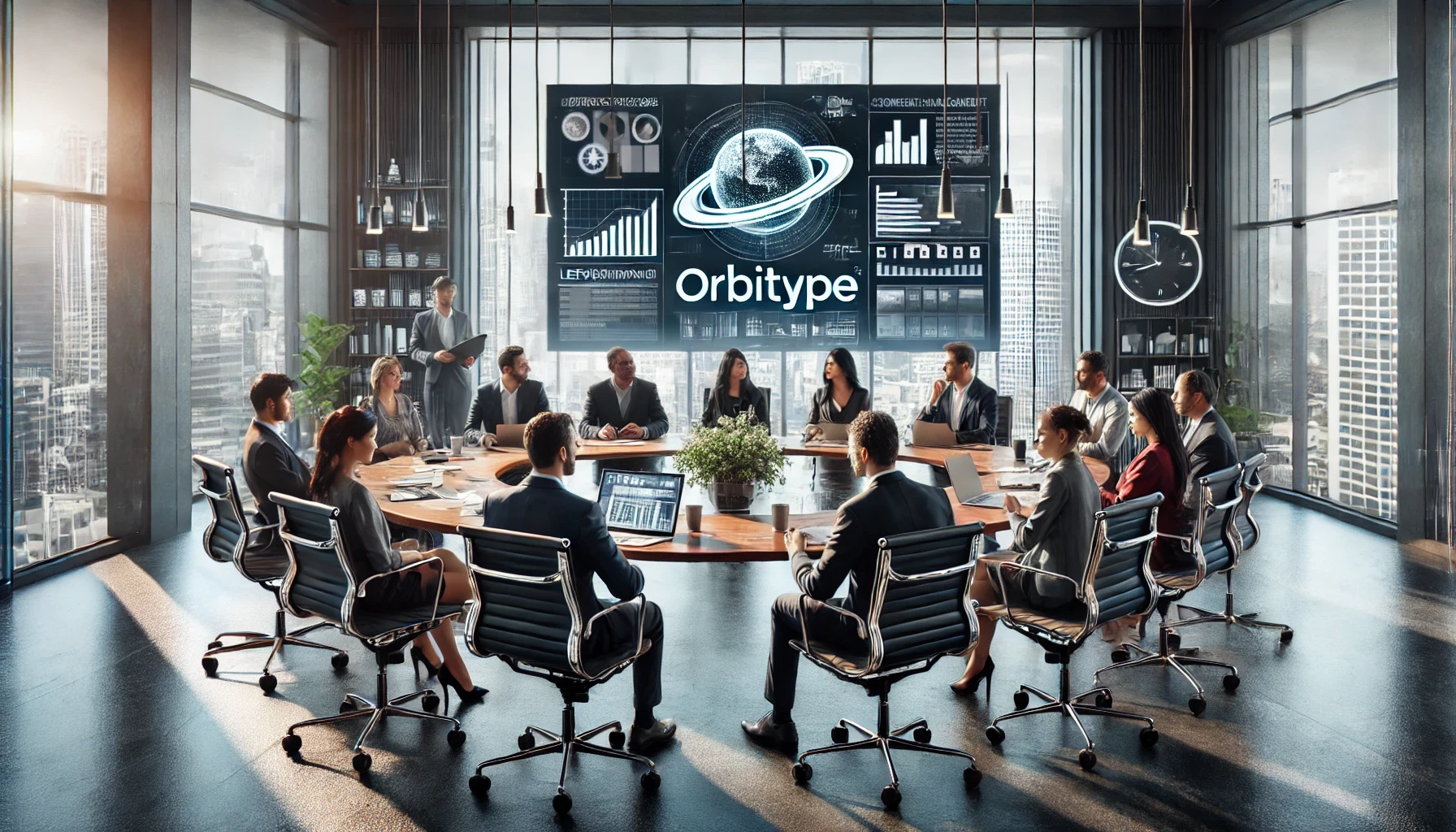
Leveraging Orbitype for Efficient Content Management in E-Commerce
nhance your e-commerce performance with Orbitype CMS. This scalable headless CMS simplifies content management, boosts SEO, and seamlessly integrates with Shopify, WooCommerce, and Magento for dynamic, flexible solutions.

Mastering Third-Party Integrations with a Headless CMS for Efficient Workflows
Streamline workflows and scale your business with seamless third-party integrations using Orbitype's flexible headless CMS—designed for efficiency, automation, and growth.
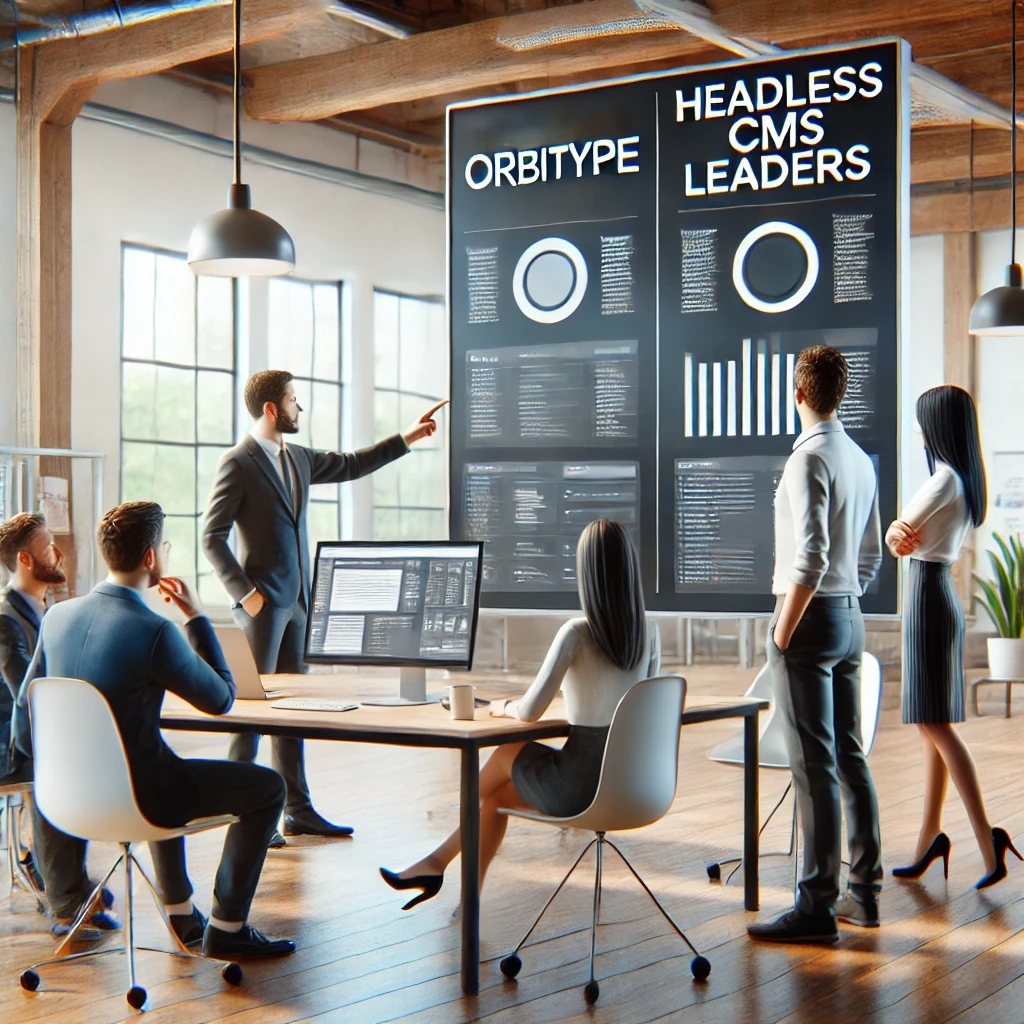
How Orbitype Compares to Headless CMS Leaders in 2025
Struggling to choose the best CMS? Discover how Orbitype compares to headless CMS leaders in 2025, solving complexity and scalability challenges with ease. Try Orbitype!
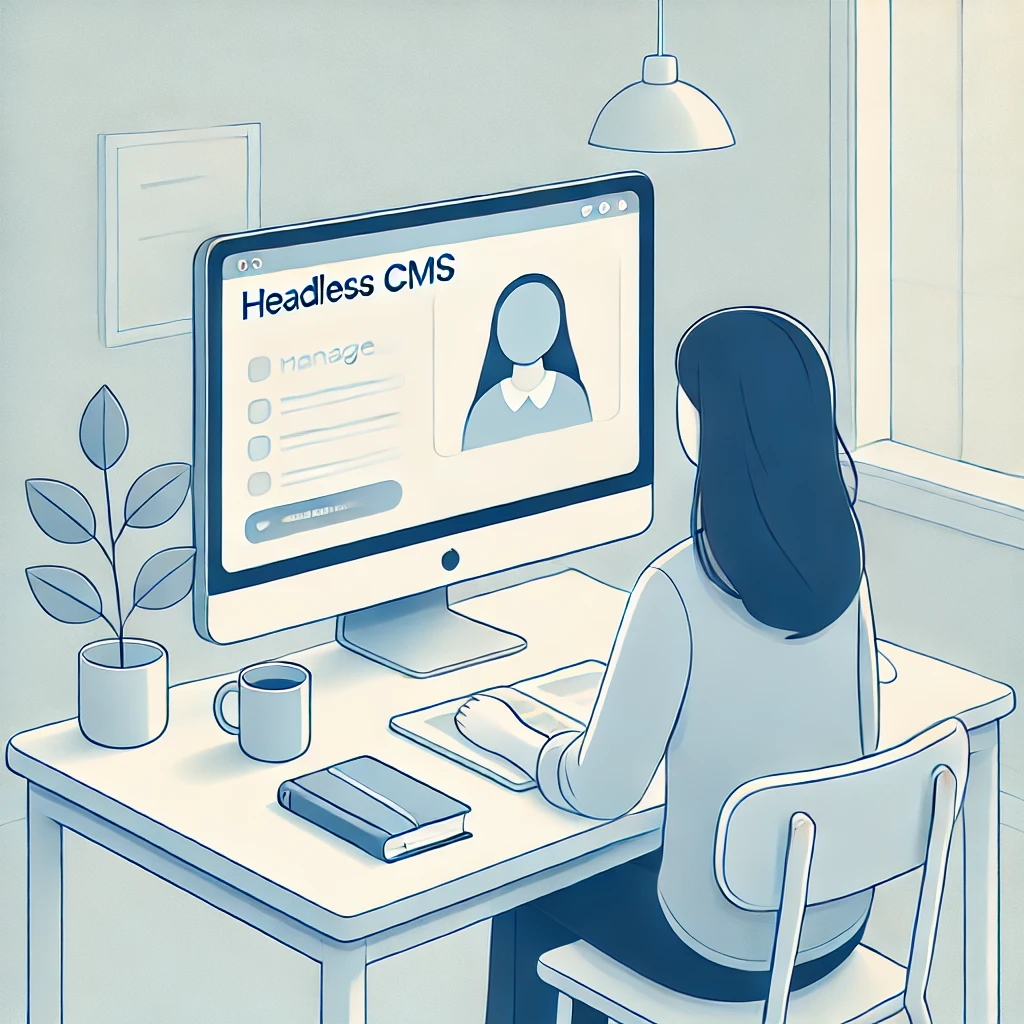
How Educational Institutions Benefit from Headless CMS for Online Learning
Enhance online learning with a Headless CMS. Discover how centralized content management, scalability, and seamless multi-channel access can transform educational platforms.
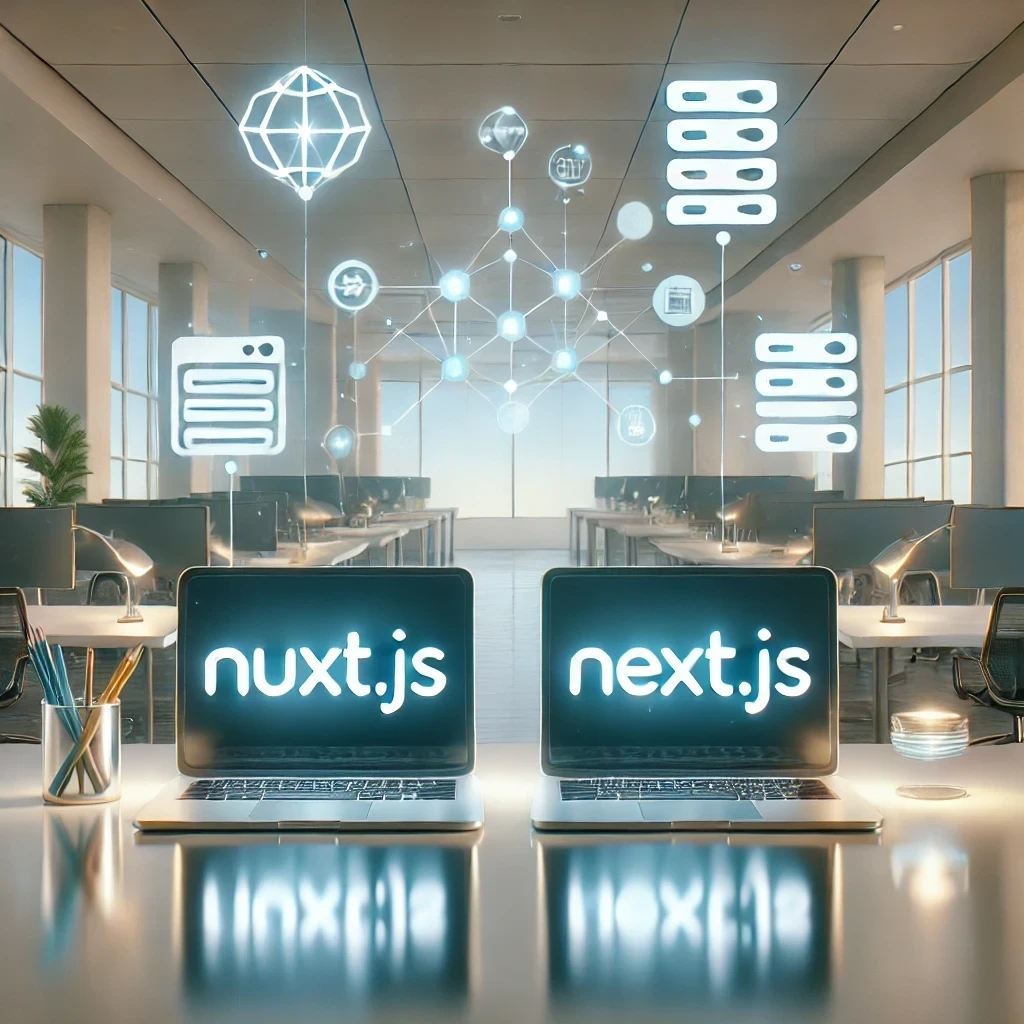
Nuxt vs Next: Which Framework Works Best with Headless CMS?
Compare Nuxt.js and Next.js to find the best frontend framework for your Headless CMS. Discover which offers better performance, scalability, and flexibility for dynamic web projects.
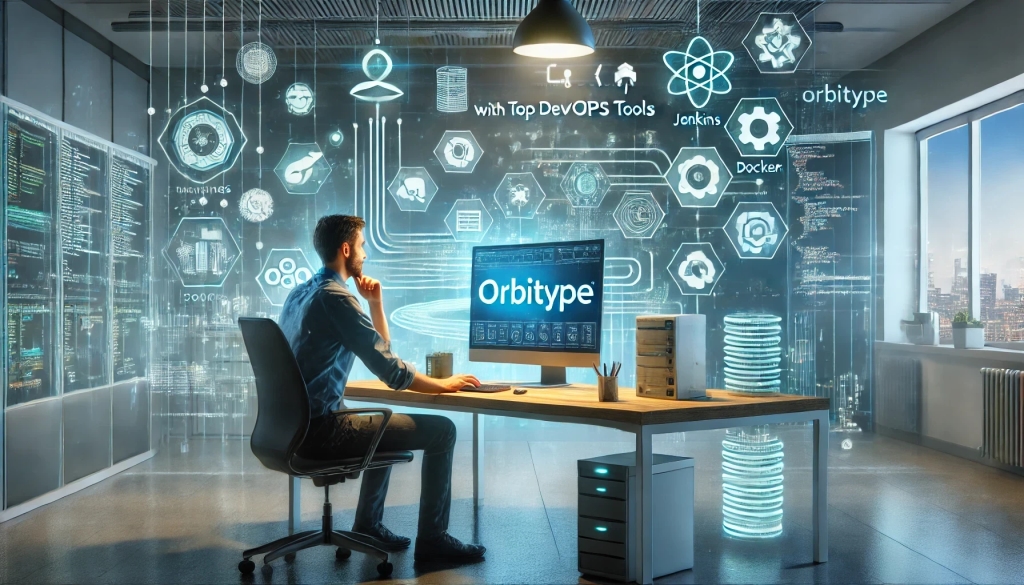
Streamlining Development: Integrating Orbitype with Top DevOps Tools
Discover how to integrate Orbitype with leading DevOps tools like Jenkins, Docker, and Kubernetes. Learn best practices for automating deployments, containerizing Orbitype, and scaling efficiently while streamlining workflows for continuous integration and delivery.
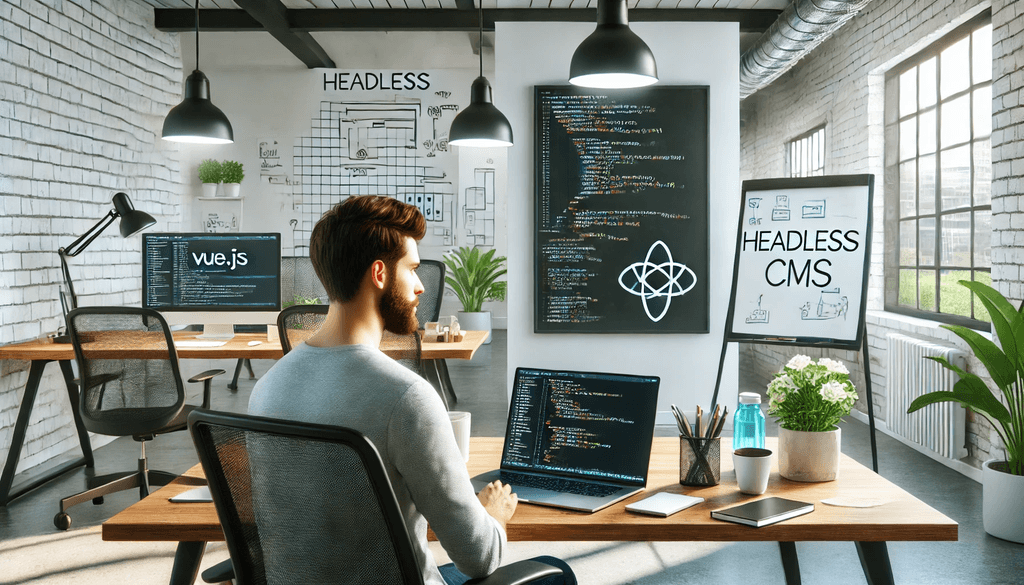
Building High-Performance Vue Apps with a Headless CMS
Discover how to optimize Vue.js apps with a Headless CMS for high performance, scalability, and SEO. Learn best practices and tools for creating dynamic web apps.

SQL or NoSQL: What's Best for Mobile Applications Using Orbitype?
Explore Orbitype, the ultimate headless CMS for React developers, offering seamless content management, enhanced performance, and flexibility to create dynamic web applications with ease. Learn how Orbitype simplifies workflows and boosts productivity.
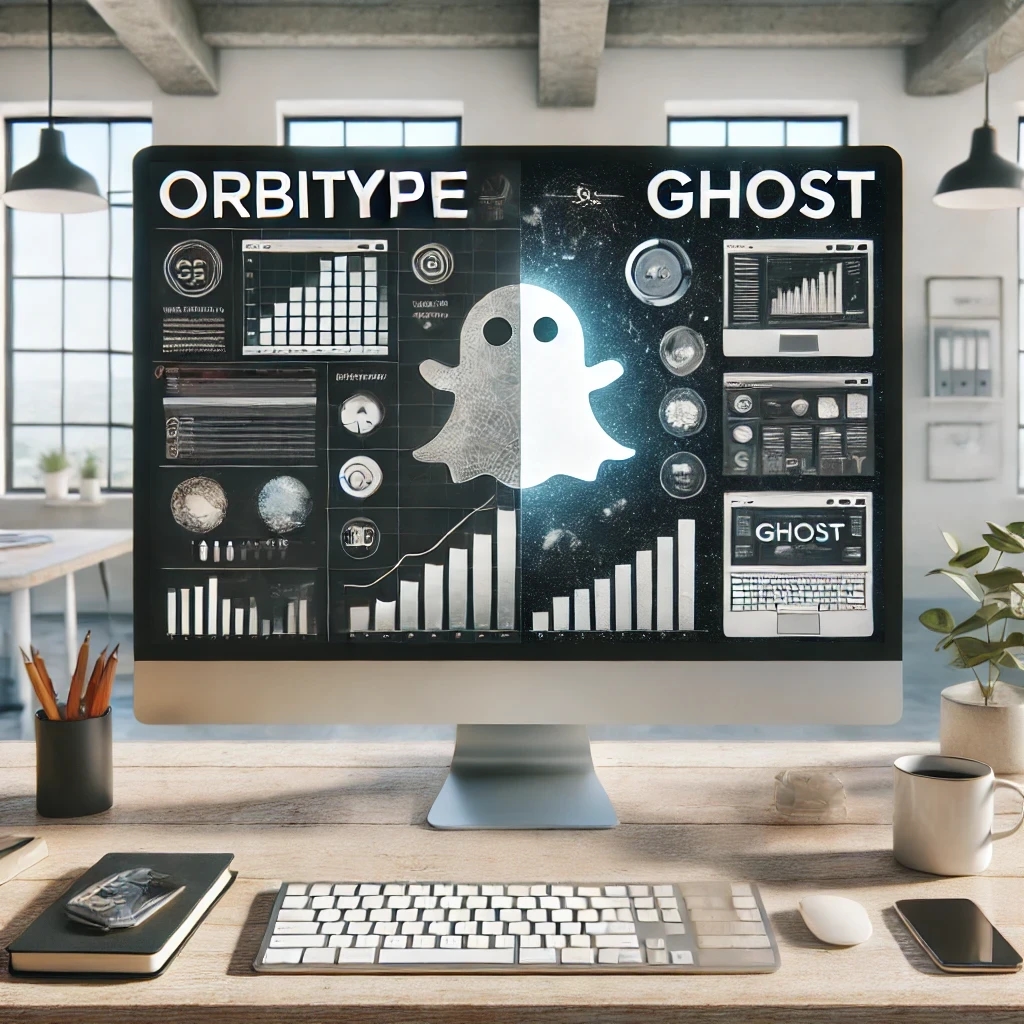
Comparing Orbitype and Ghost: Best CMS for Blogging in 2025
Compare Orbitype and Ghost to find the best CMS for blogging in 2025. Discover which platform suits your goals, from scalability to simplicity and dynamic content
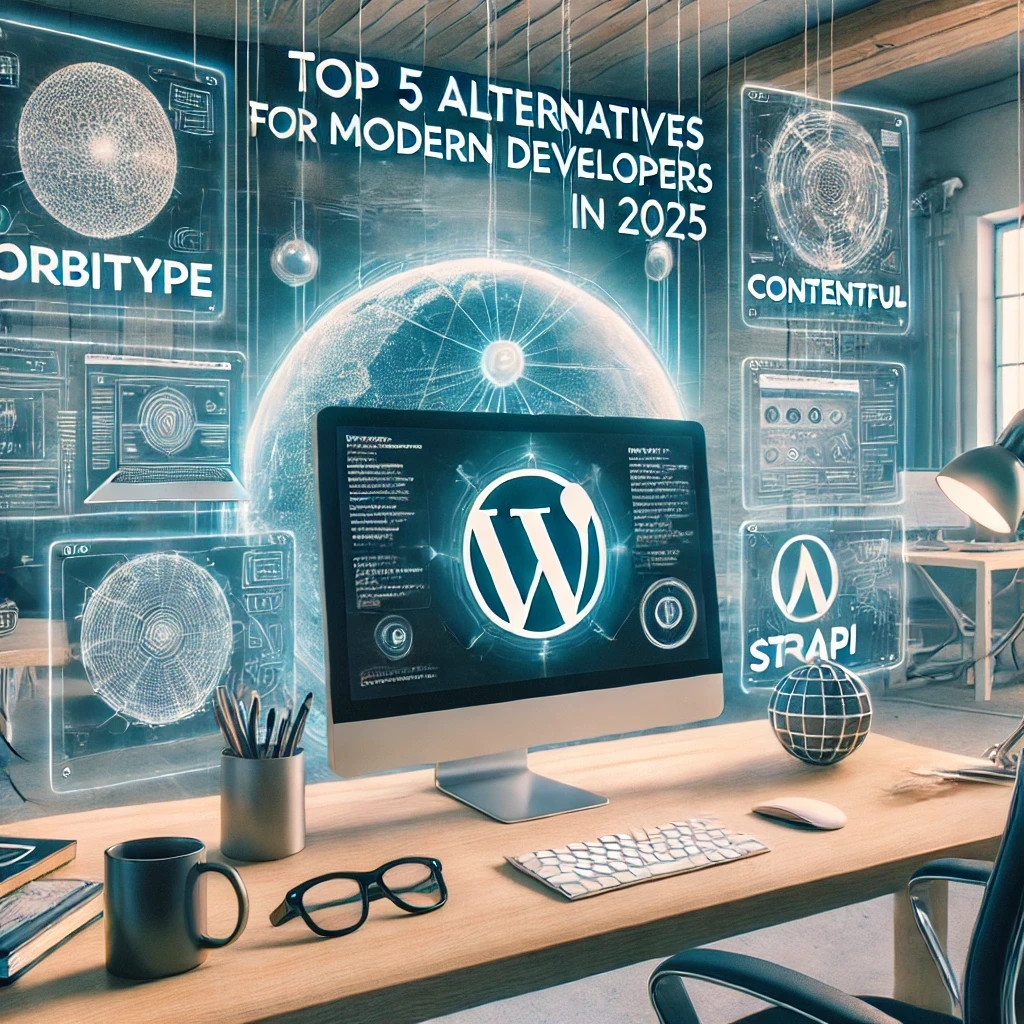
Top 5 Alternatives to WordPress for Modern Developers in 2025
Discover the top WordPress alternatives for 2025, including Orbitype, Contentful, and Strapi. Explore modern CMS platforms offering scalability, flexibility, and cutting-edge tools for developers.

Security and Compliance in Headless CMS: Focus on Orbitype
Explore headless CMS security with Orbitype: advanced authentication, data encryption, and compliance with GDPR & CCPA. Learn best practices for secure CMS operations.

10 Tips for Optimizing Core Web Vitals in Headless CMS Websites
Discover 10 actionable tips to optimize Core Web Vitals for Headless CMS websites. Improve performance, SEO, and user experience with these essential strategies.
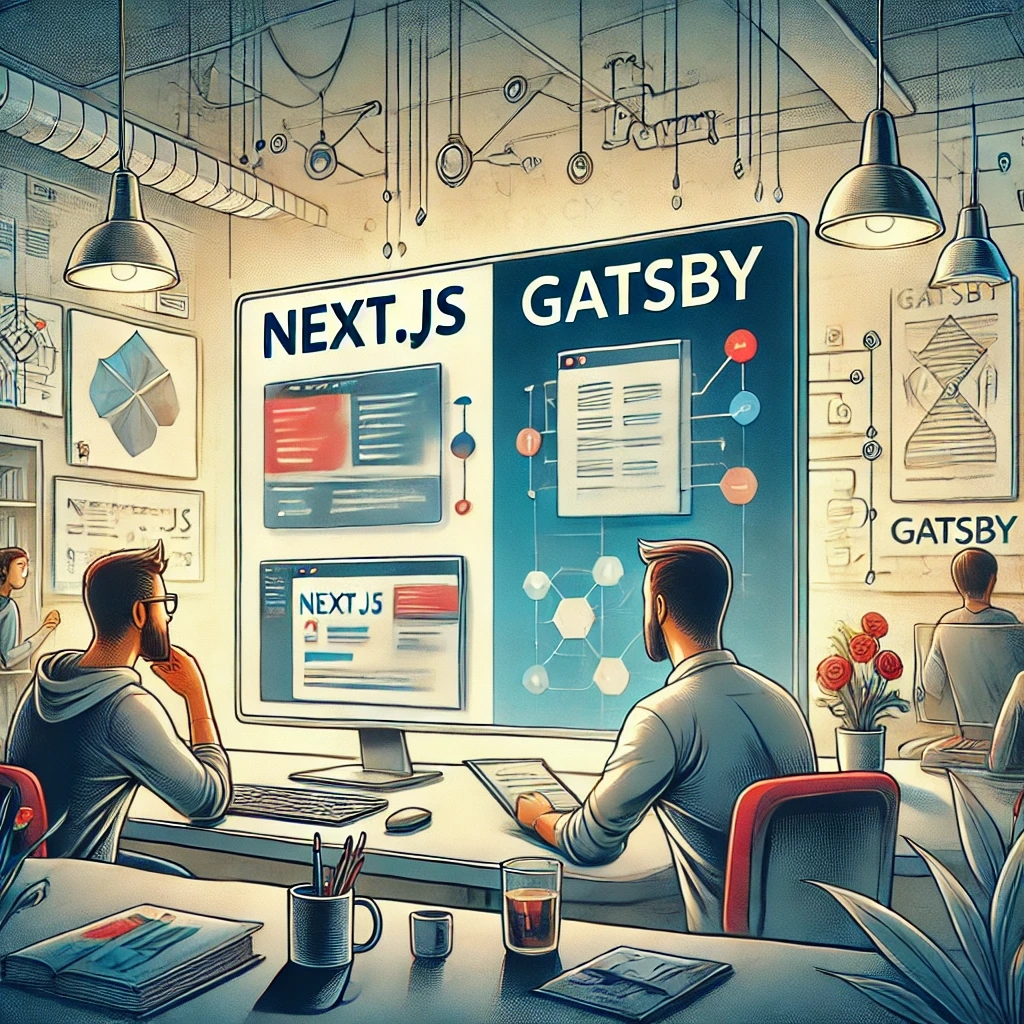
Next.js vs Gatsby: Which Works Best With a Headless CMS?
Choosing between Next.js and Gatsby can be challenging when working with a Headless CMS. This guide breaks down their strengths and helps you decide which framework works best for your dynamic or static content needs.

CMS for Vue.Js - Orbitype Headless CMS
Explore Orbitype, the best Headless CMS for Vue.js, offering seamless API integration, dynamic content management, and unmatched performance for interactive front-end development.
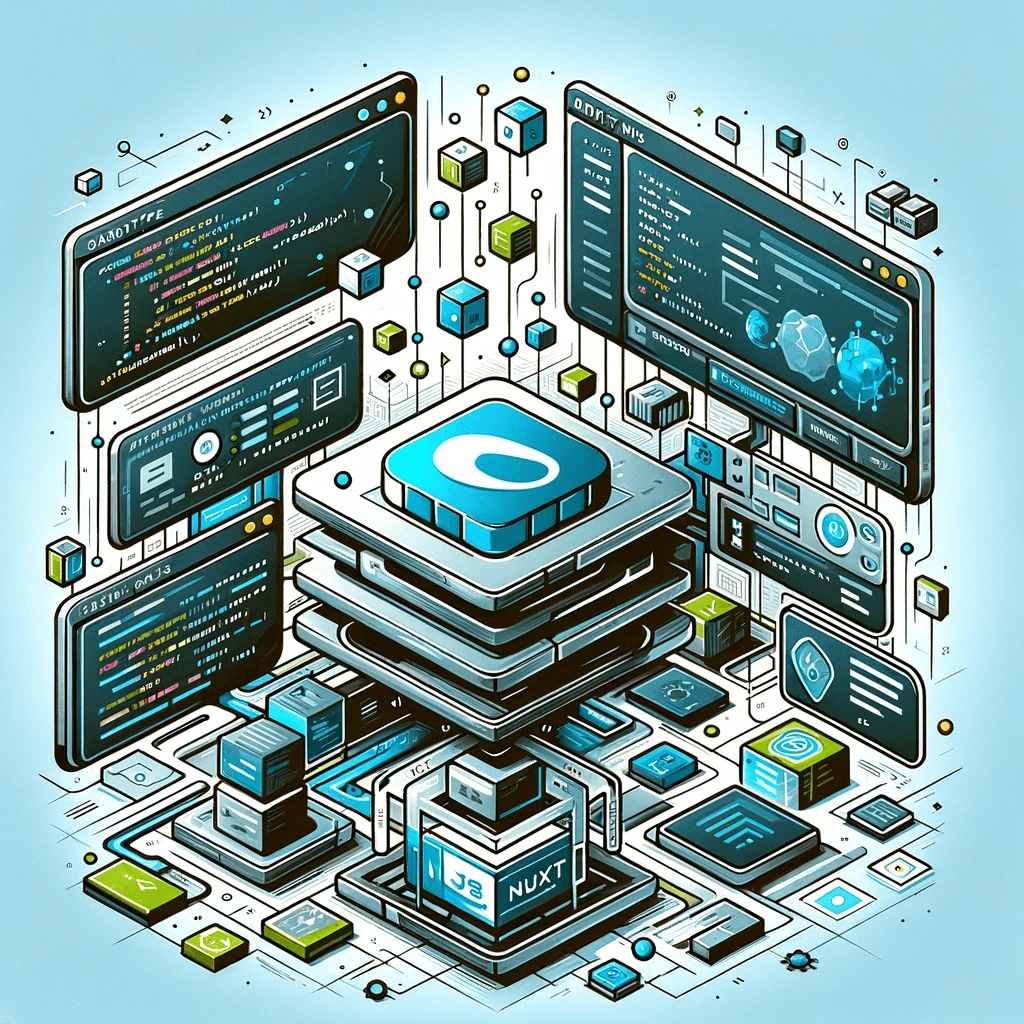
CMS for Nuxt - Orbitype Headless CMS
Optimize your Nuxt.js projects with Orbitype, the API-first Headless CMS offering scalable content management, multimedia repositories, and enhanced SEO for modern web applications.
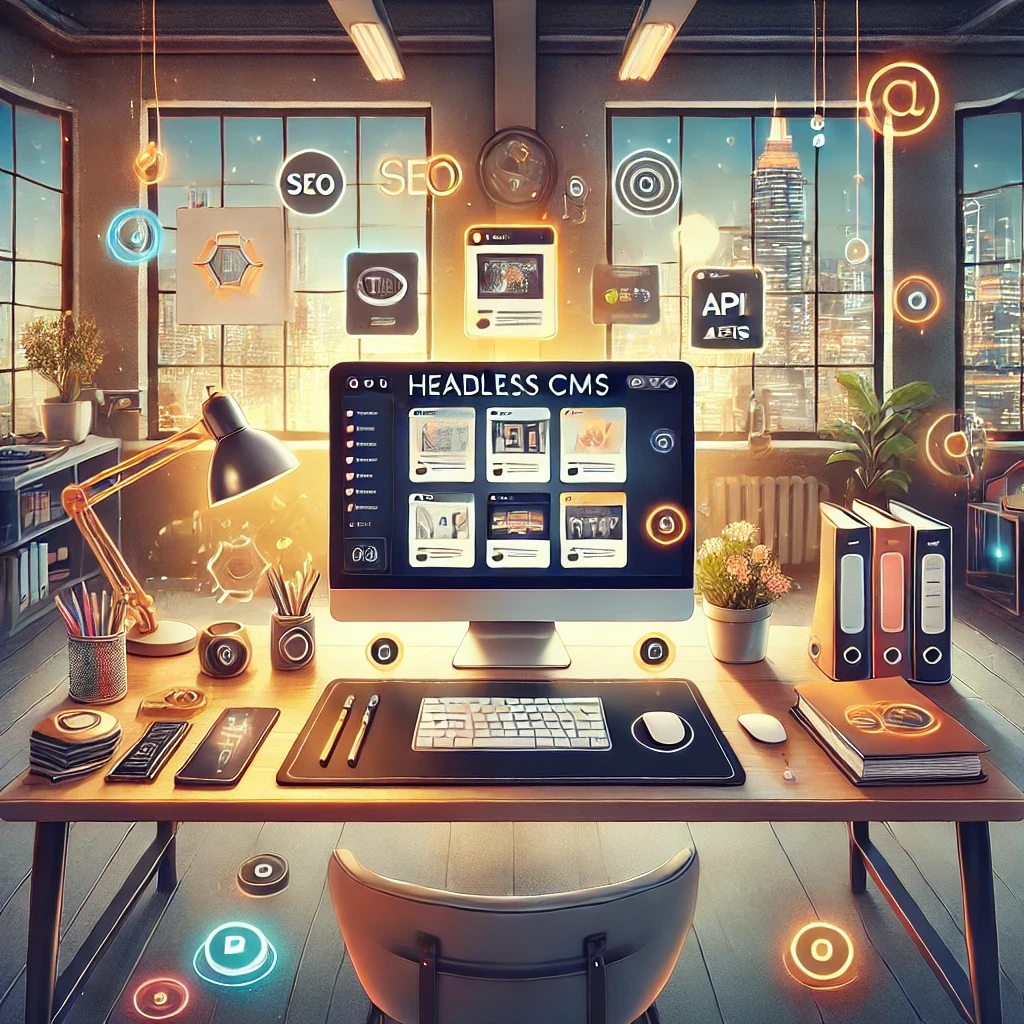
Best Headless CMS Solutions for Portfolio and Personal Websites
Showcase your work with ease using Orbitype—the ultimate Headless CMS for portfolio and personal websites. Enjoy seamless integration, powerful customization, and SEO-friendly features designed for creators and developers.
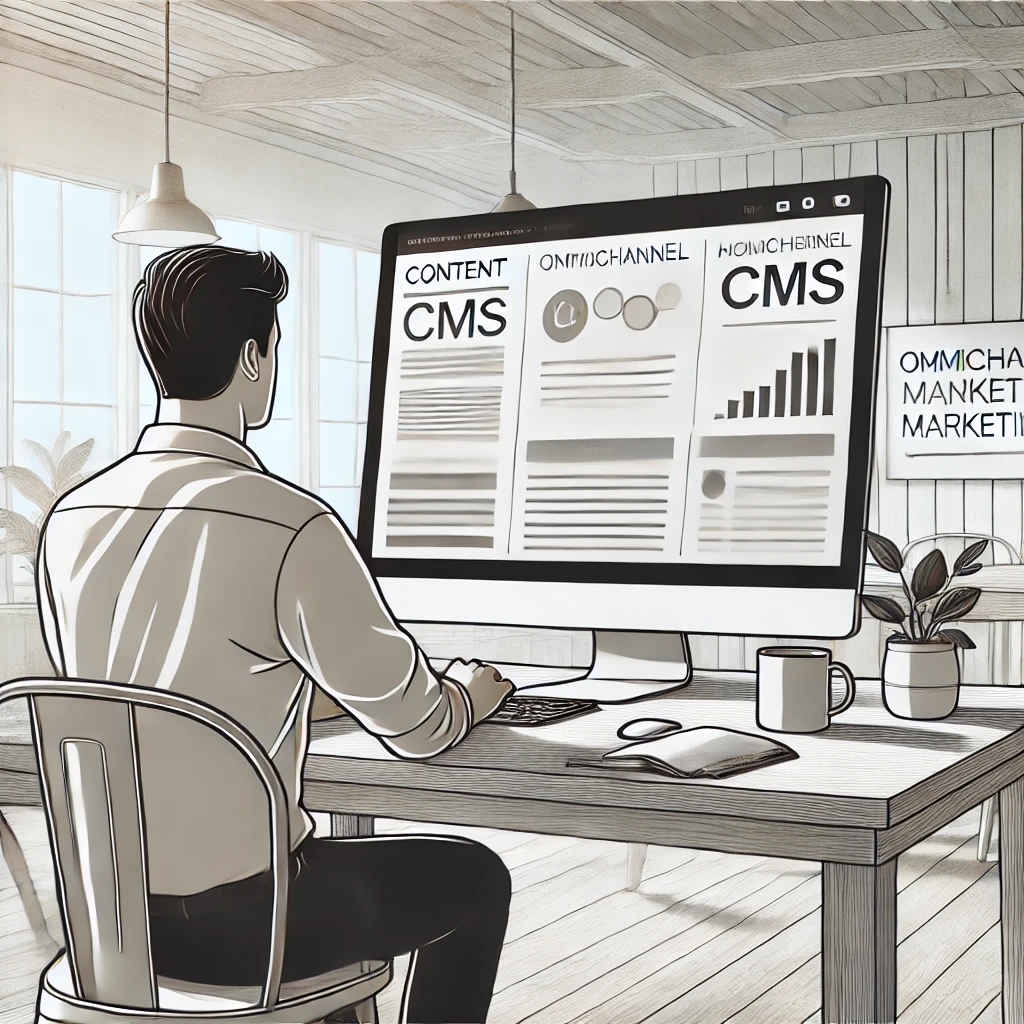
How Headless CMS Empowers Omnichannel Marketing Strategies
Boost your omnichannel marketing strategy with a Headless CMS. Centralize content management, deliver personalized customer experiences, and ensure consistency across platforms.

How to Scale Your Website with a Headless CMS for High Traffic
Scale your website effortlessly with a headless CMS like Orbitype—achieve faster load times, seamless scalability, and reliable performance during high-traffic surges
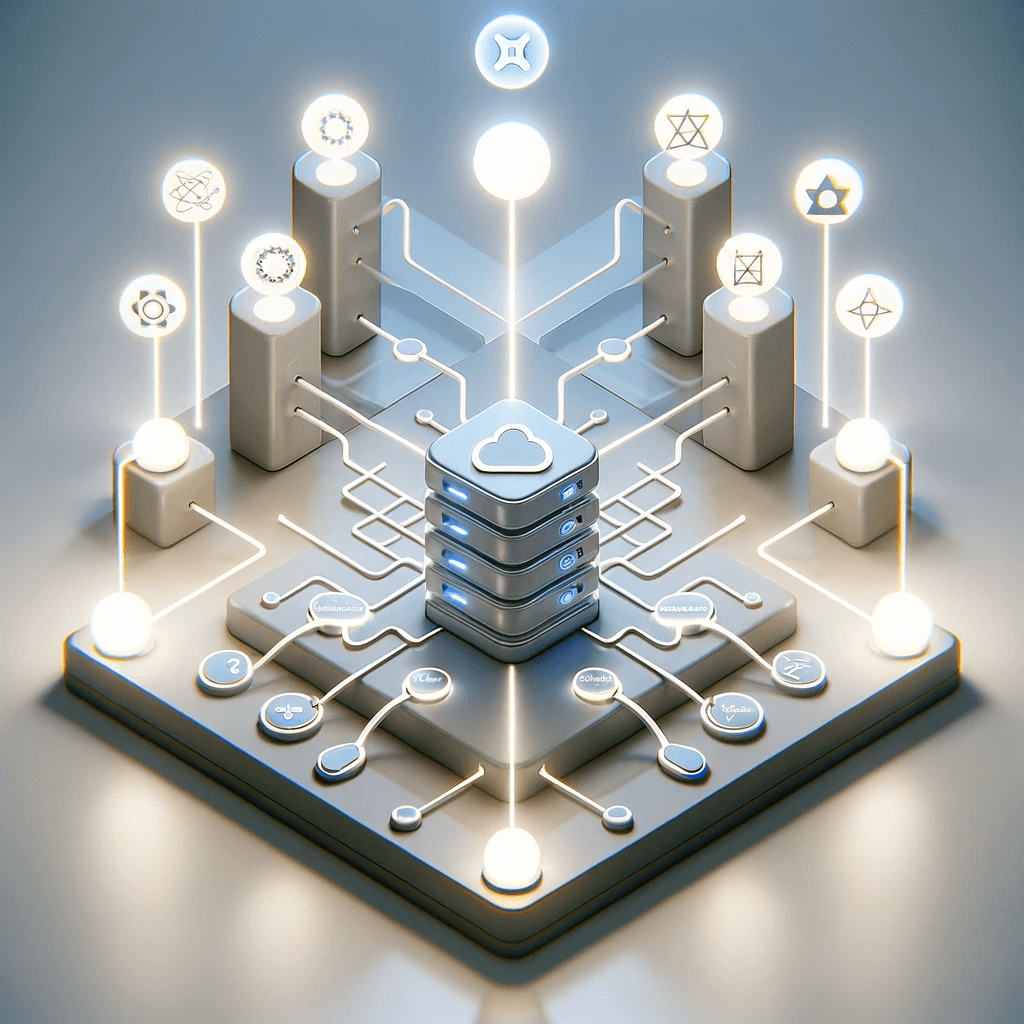
CMS for React - Orbitype Headless CMS
Orbitype is the ideal CMS for React developers, combining seamless API integration, flexible content management, and scalability to create fast, dynamic, and customizable web applications effortlessly.
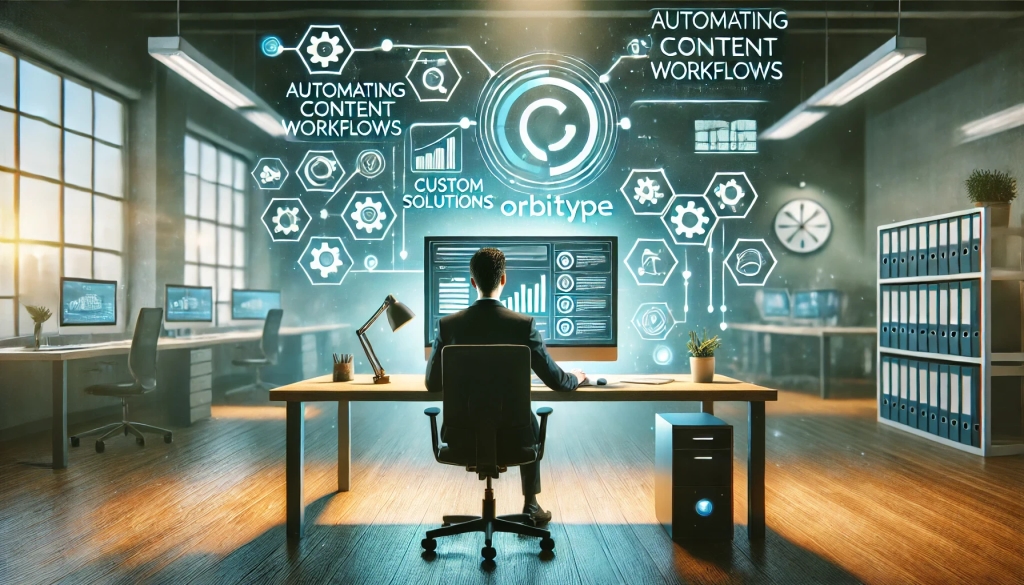
Automating Content Workflows with Orbitype’s Custom Solutions
Discover how Orbitype's custom CRM and ERP solutions revolutionize content workflows. Automate processes, reduce manual tasks, and improve productivity for software development agencies with tailored tools for seamless collaboration and efficiency.